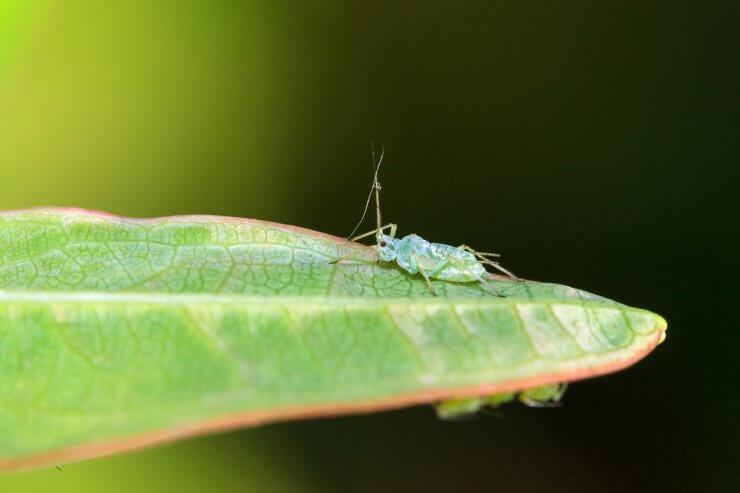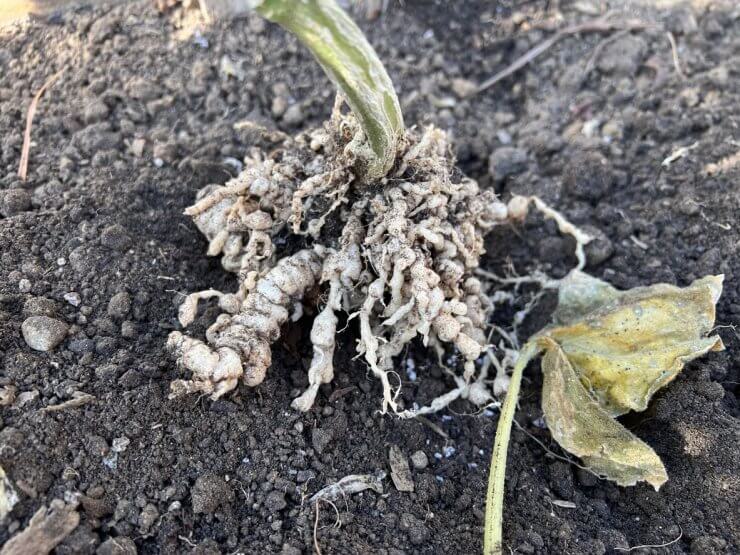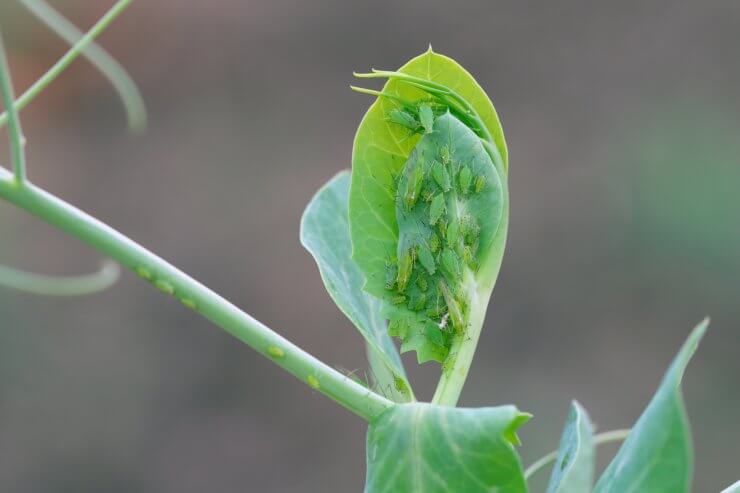
As someone who eagerly awaits pea-planting season each year, I know firsthand the frustration of discovering something has been feasting on your precious crop overnight. My garden journey has been filled with triumphs and setbacks—from the pride of harvesting sweet, plump pods to the dismay of finding yellowing plants or leaves that look like they’ve been put through a paper shredder. Despite my best efforts, these cool-season legumes seem to attract every hungry critter in the neighborhood!
Over years of growing, I’ve battled aphid invasions, slugs that appear from nowhere after rain, and the mysterious disappearance of seedlings. Each season brings new lessons, and I’ve learned that understanding these tiny invaders—their life cycles, habits, and weaknesses—is the key to protecting my beloved peas. The sweet reward of homegrown peas makes this ongoing battle worthwhile, and I’m excited to share what I’ve discovered about these fascinatingly specialized pests and how to manage them organically.
Pea Aphids: The Specialized Sap-Suckers
Identification
Pea aphids are small (1/8 inch), pear-shaped insects that appear in various shades of green, sometimes with a pinkish tinge. They cluster densely on stems, leaf undersides, and particularly around the growing tips of plants.
Fascinating Biology
These specialized pests have evolved alongside legumes for millions of years and possess a remarkable ability: they can reproduce without mating through a process called parthenogenesis. A single female can produce up to 100 genetically identical daughters in her lifetime, explaining how aphid populations explode seemingly overnight. Even more extraordinary, pea aphids can develop wings when their host plant becomes stressed or overcrowded, allowing them to colonize new pea plants.
Damage Pattern
The feeding activity of pea aphids stunts plant growth, causes leaves to yellow and curl, and can significantly reduce yields. Beyond direct damage, they excrete honeydew—a sticky, sweet substance that attracts ants and promotes the growth of sooty mold. Perhaps most concerning, pea aphids are vectors for several viruses, including pea enation mosaic virus and pea seedborne mosaic virus.
Management Strategies
- Biological Control: Encourage natural predators like ladybugs, lacewings, hoverflies, and parasitic wasps by planting diverse flowers nearby.
- Mechanical Control: For small infestations, a strong spray of water can dislodge aphids. Apply early in the day so plants can dry, reducing disease risk.
- Organic Sprays: Insecticidal soap or neem oil are effective when applied directly to aphid colonies. Ensure good coverage of leaf undersides.
- Companion Planting: Interplant nasturtiums, calendula, or mint to repel or distract aphids from your peas.
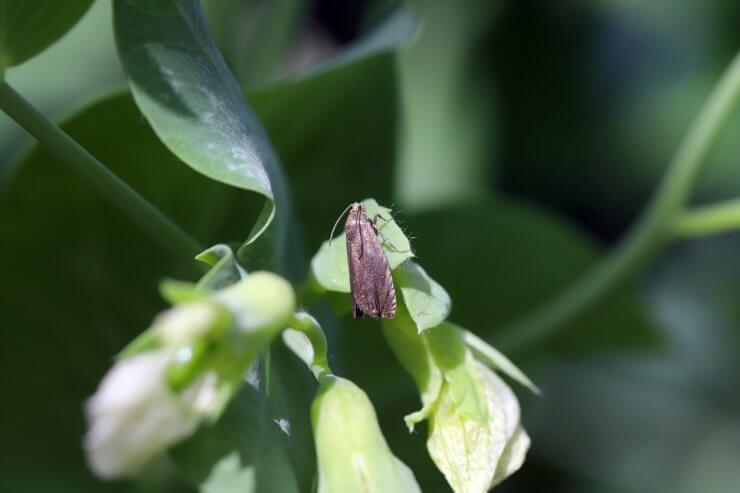
Pea Moths: The Stealthy Pod Invaders
Identification
Adult pea moths are small, grayish-brown insects with a wingspan of about 1/2 inch. Their wings feature distinctive wavy lines and a small crescent mark. The larvae—the truly damaging stage—are cream-colored caterpillars with black heads that reach about 1/2 inch when fully grown.
Fascinating Biology
Pea moths have evolved an extraordinary ability to detect the specific volatile compounds emitted by flowering pea plants from considerable distances. Female moths lay eggs individually on developing pods or flowers, timing their reproduction perfectly with their host’s development. This synchronization demonstrates the sophisticated co-evolutionary relationship between pest and plant.
Damage Pattern
The damage often goes unnoticed until harvest time. Larvae bore into pods and feed on developing peas, leaving behind frass (excrement) and silk threads. Affected peas show small entrance holes, and when opened, contain partially eaten seeds contaminated with frass—an unappetizing surprise at dinnertime.
Management Strategies
- Timing is Everything: In areas with known pea moth populations, plant either very early or later in the season to avoid the peak flight period (usually June-July in most temperate regions).
- Monitoring: Use pheromone traps to detect adult moths before they lay eggs.
- Physical Barriers: Cover plants with floating row covers during the moth’s egg-laying period.
- Clean Cultivation: Remove all plant debris after harvest to eliminate overwintering sites.
- Bt Applications: Targeted applications of Bacillus thuringiensis var. kurstaki can be effective against young larvae before they enter pods.
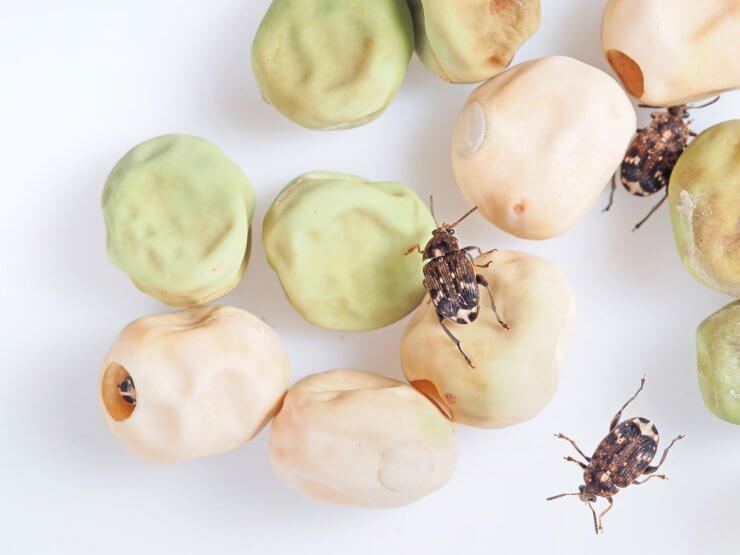
Pea Weevils: The Seed Destroyers
Identification
Adult pea weevils are stout beetles about 1/5 inch long with mottled gray-brown coloring and a characteristic snout. The larvae are white, legless grubs that develop inside pea seeds.
Fascinating Biology
Pea weevils have a one-generation-per-year life cycle perfectly synchronized with pea plants. Adults emerge in spring when peas begin flowering, feed on pollen to mature sexually, then females lay eggs on developing pods. Upon hatching, the tiny larvae bore directly through the pod wall and into a developing seed—all without being detected. Each larva consumes the inside of a single pea seed before pupating inside it, creating what gardeners call a “windows pea” with a circular translucent area.
Damage Pattern
Infested seeds show small, round emergence holes where adults have exited. While these damaged seeds can still germinate (since the embryo often remains undamaged), they produce weaker plants. Heavy infestations can reduce seed viability by 40% or more.
Management Strategies
- Crop Rotation: Plant peas in a different garden area each year to break the weevil life cycle.
- Harvest Timing: Early harvest reduces exposure time for egg-laying.
- Seed Treatment: Store seed peas in the freezer for four days before planting to kill any larvae inside.
- Trap Crops: Plant a small patch of early-flowering peas to attract and concentrate weevils, then remove these plants before larvae complete development.
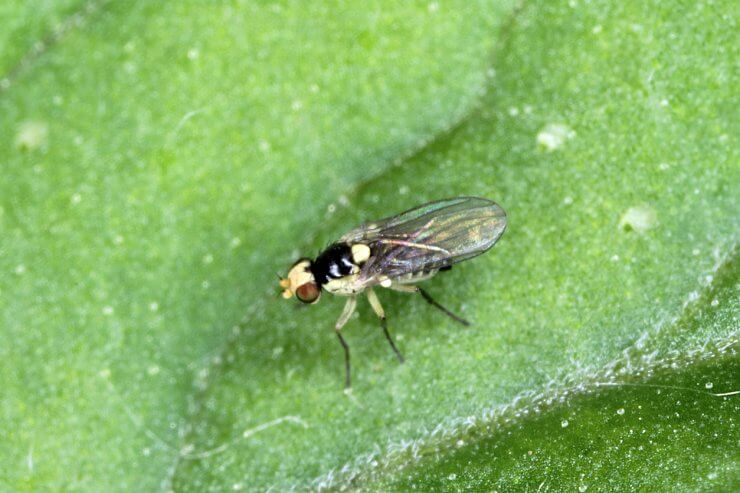
Pea Leaf Miners: The Leaf Tunnelers
Identification
Pea leaf miners are small flies (about 1/10 inch long) with yellow markings. The adults are seldom noticed, but their damage is unmistakable: winding, whitish tunnels or “mines” within leaf tissue that appear as squiggly lines across the leaf surface.
Fascinating Biology
Leaf miners have a remarkable ability to live between the upper and lower surfaces of leaves in a space thinner than a sheet of paper. Adult females use specialized ovipositors to insert eggs directly into leaf tissue. The larvae then feed by consuming the chlorophyll-rich mesophyll cells while leaving the outer leaf surfaces intact, creating protective “tunnels” that shield them from predators and many pesticides.
Damage Pattern
The mines reduce photosynthetic capacity and, in severe cases, cause leaves to dry out and drop prematurely. Heavy infestations can significantly reduce yields by weakening the plant’s ability to produce energy for pod development. The damage is most concerning on young plants that have limited leaf area.
Management Strategies
- Yellow Sticky Traps: These attract and capture adult flies before they lay eggs.
- Row Covers: Applied early in the season, these prevent adults from reaching plants.
- Beneficial Insects: Parasitic wasps like Diglyphus isaea specifically target leaf miner larvae.
- Remove Damaged Leaves: For light infestations, removing and destroying mined leaves can prevent population buildup.
- Avoid Broad-Spectrum Insecticides: These kill beneficial insects that naturally control leaf miners.
Root-Knot Nematodes: The Underground Menace
Identification
These microscopic roundworms can only be positively identified with magnification, but their effects are visible: plants with stunted growth and yellowing leaves despite adequate water and nutrients. Examination of roots reveals characteristic swellings or “knots.”
Fascinating Biology
Nematodes are among Earth’s most abundant animals, with root-knot species being particularly sophisticated plant parasites. Female nematodes inject chemicals into root cells that cause them to form giant, multinucleated “nurse cells”—essentially reprogramming plant root tissue into a custom-built feeding site. This manipulation of the host’s cellular machinery represents one of the most complex host-parasite relationships in nature.
Damage Pattern
Infected roots develop galls or knots that disrupt water and nutrient uptake. On peas, nematode infection is particularly problematic because it interferes with nitrogen fixation, the process by which peas enrich soil fertility through their partnership with rhizobia bacteria.
Management Strategies
- Crop Rotation: Three-year rotations with non-host plants like members of the grass family.
- Solarization: Cover moist soil with clear plastic during hot weather to kill nematodes.
- Organic Matter: Incorporate plenty of compost to promote antagonistic microorganisms.
- Marigold Interplanting: French marigolds (Tagetes patula) release compounds toxic to certain nematode species.
- Resistant Varieties: Some pea varieties have natural resistance to nematodes.
Integrated Pest Management for Pea Success
Rather than reactive measures when pests appear, consider a holistic approach:
- Start with Prevention: Choose disease-resistant varieties, practice crop rotation, and maintain garden sanitation.
- Build Soil Health: Healthy soil grows resilient plants that better withstand pest pressure.
- Encourage Biodiversity: Plant flowers that attract beneficial insects—nature’s own pest control squad. Research shows gardens with over eight flowering species maintain significantly higher predator populations.
- Monitor Regularly: Check plants early in the morning when many pests are active but sluggish.
- Know Your Thresholds: Some pest presence is tolerable; intervention is necessary only when populations threaten significant damage.
- Start Small: Begin with the least toxic intervention and escalate only if necessary.
Peas are among the easiest plants for home gardeners to grow! With our Easy Peasy Guide to Growing Pea Plants, you’ll have everything you need to know about growing and enjoying this nutritious, protein-packed food, including the history and background of the green pea, to specific advice on soil requirements, fertilizer, watering techniques, and easy-to-make and delicious recipes!
With these strategies in your gardening toolkit, you’ll be well-equipped to protect your precious peas from their six-legged (or microscopic) foes. Remember that perfect pest control isn’t the goal—sustainable management that allows you to enjoy a bountiful harvest is the true measure of success.
How do you treat these pea pests in your garden?


 Previous
Previous
